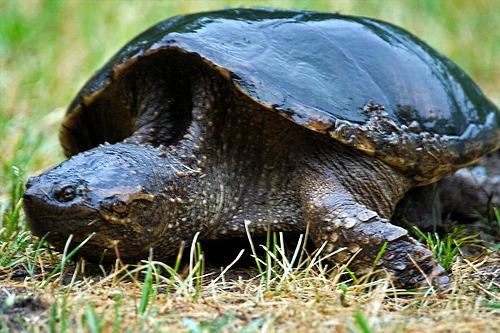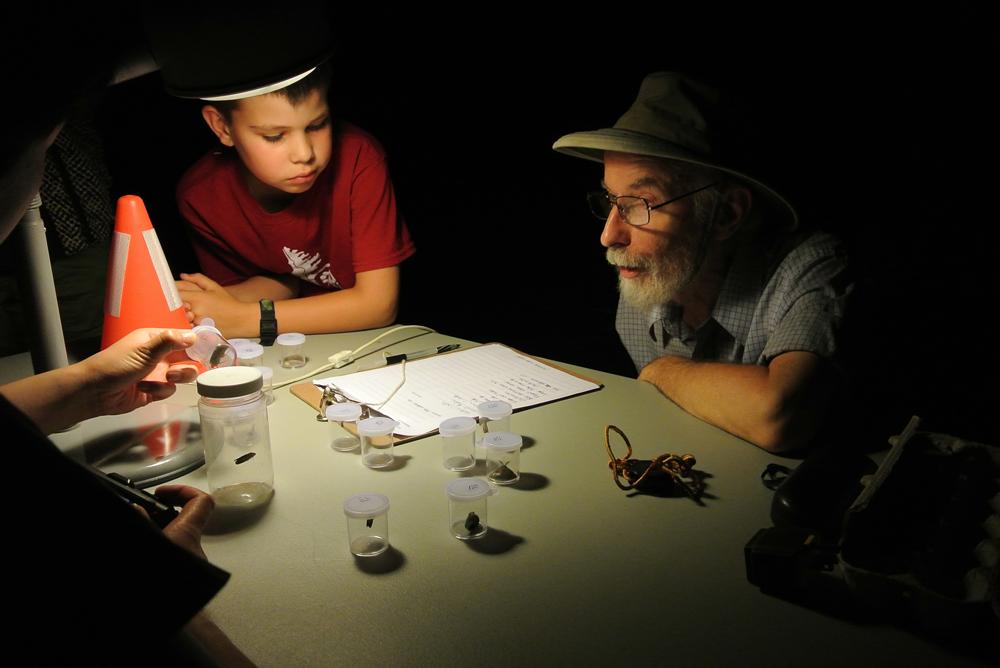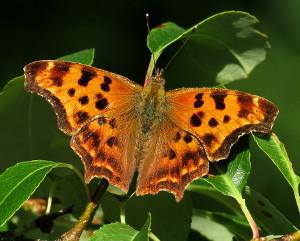High Park’s ponds, creeks and wetlands make it an attractive habitat for many kinds of dragonflies and damselflies, which commonly breed in or near water. At least 61 species of these amazing fliers have been recorded here. As restoration continues, some species that were absent for a number of years are reappearing while other new species have been found.
Not a fly
Dragonflies and damselflies are insects. They belong to the order Odonata and can be called odonates or “odes” for short. They are not related to flies like the common house fly, except that they are all insects. Dragonflies and damselflies do not harm people - they do not bite or sting.
Dragonfly or Damselfly?
Dragonflies, in general, are larger and more robust than damselflies. Dragonflies hold their wings out to the side when at rest, while damselflies usually fold their wings up over their back when at rest. (Spreadwing damselflies may hold their wings open partway or fold them over their backs.) In true dragonflies the head is rounded and the compound eyes touch each other at the top (except in one family). In damselflies, the head is wide, almost dumbbell-shaped. The space between the compound eyes is wider than the eye itself.
Life cycle
Dragonflies and damselflies commonly lay their eggs on or near water. They spend most of their life living in the water as a wingless larva known as a "nymph". When they are ready to change into adults, the larva climbs out of the water and attaches to a stalk or other surface, then transforms into the winged adult. The adult lives a few weeks and mates in order to start the cycle over again.
Food
Dragonfly and damselfly nymphs are all predators that feed on small organisms, including mosquito larvae in their water habitat. (These nymphs also provide food for fish.) The air-borne adults eat other insects such as mosquitoes, gnats, ants and even butterflies, spiders and other odonates.
Amazing flyers
Dragonflies are very strong flyers. They catch their prey in flight. They can fly like a helicopter, moving in all directions, forward, backward, up and down. They can also hover.
Eyesight
Sight is the dragonfly's most important sense. The compound eyes of a dragonfly are huge compared with the size of its head. Each compound eye can contain up to 30,000 tiny lenses. Compound eyes are very good at detecting motion.
Common Green Darner
- The male has a green thorax and abdomen with wide, blue lateral stripes. At cooler temperatures the blue can become purple or green.
- The female has a green thorax and grey-green side stripes. Juveniles have green thorax and a reddish-brown to reddish-violet abdomen.
- Often perches and roosts low in weeds.
- Active from early morning to dark, often gathering in swarms where prey is abundant.
- Males can get aggressive and “torpedo” into one another. Sometimes males and females fly in tandem (holding onto one another).
- Can be seen mid April to mid October.
Blue Dasher
- A small to medium-sized dragonfly, with a white face, metallic green eyes black and yellow striped thorax, and pale blue tapered abdomen.
- In males, the hind wing has 2 black streaks within an amber spot at base and outer half of each wing is often tinted brown.
- Females lack the streaks on the abdomen.
- In juveniles, the abdomen is black with interrupted yellow stripes, and eyes are red-brown.
- Perches with lowered wings on the tips of erect slender stems, from near ground to the treetops.
- Both sexes will defend a feeding perch for up to several days. A male defends a territory along the shore, preferably where vegetation is highest, confronting other males with abdomen raised.
- During territorial battles, each male tries to get under his opponent and force him up and away from the water with whole upper surface of the body.
- Can be seen in Ontario from mid June to early September.
Sources
- North American Odonata. (February, 2011). Dragonfly Society of the Americas.
- Dunkle, Sidney W. (2000). Dragonflies Through Binoculars. Oxford University Press.
- Mitchell, Forrest L., & James L. Lasswell (2005).A Dazzle of Dragonflies. College Station: Texas A&M, University Press.
- Ontario Odonata. (May, 2001). Toronto Entomologists’ Association. Toronto: Toronto Entomologists’ Association.
- Garrison, Rosser W. (2006). Dragonfly Genera of the New World: an illustrated and annotated key to the Anisopera. Baltimore: The Johns Hopkins University Press.
See also
-
- Dragonflies of High Park - Gallery
- Damselflies of High Park - Gallery
- High Park Odonate List-Revised 2022
- Ontario Nature Dragonfly & Damselfly Guide
- Information about dragonfly biology, etc.: Dragonflies of Manitoba website





















